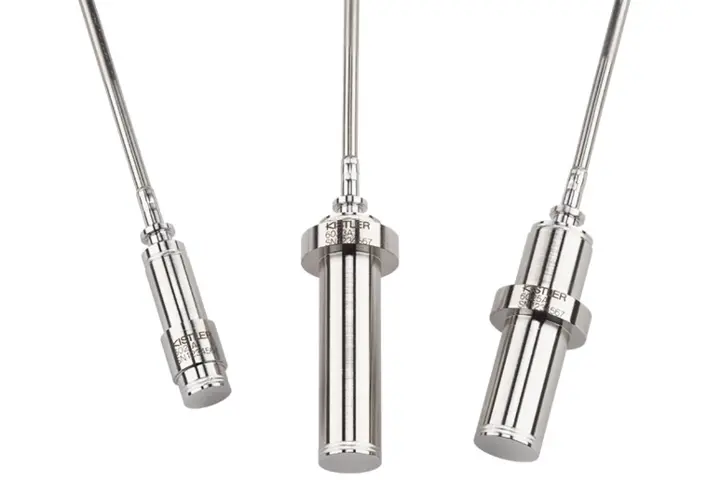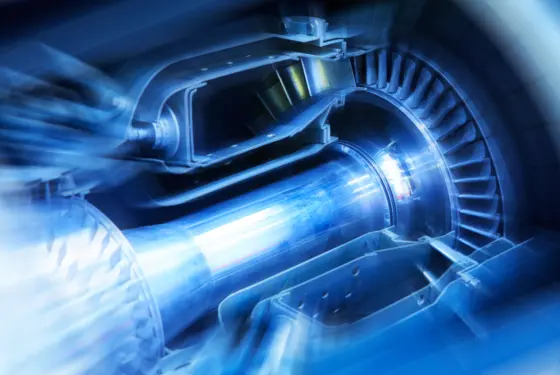What is a high-temperature pressure sensor?
A high-temperature pressure sensor is a piezoelectric sensor that is capable of measuring pressures at a constant temperature of up to 700°C (1.300°F). Working as a spring-mass system, typical applications include processes where dynamic pressure pulsations have to be measured and controlled. Thanks to the in-built PiezoStar crystal, a high-temperature pressure sensor withstands temperatures of up to 1000°C (1830°F) in the short term. Through differential technology and in-built acceleration compensation, low noise and high accuracy are achieved. An especially isolated hardline cable designed for very high temperatures connects the sensor with the charge amplifier.






